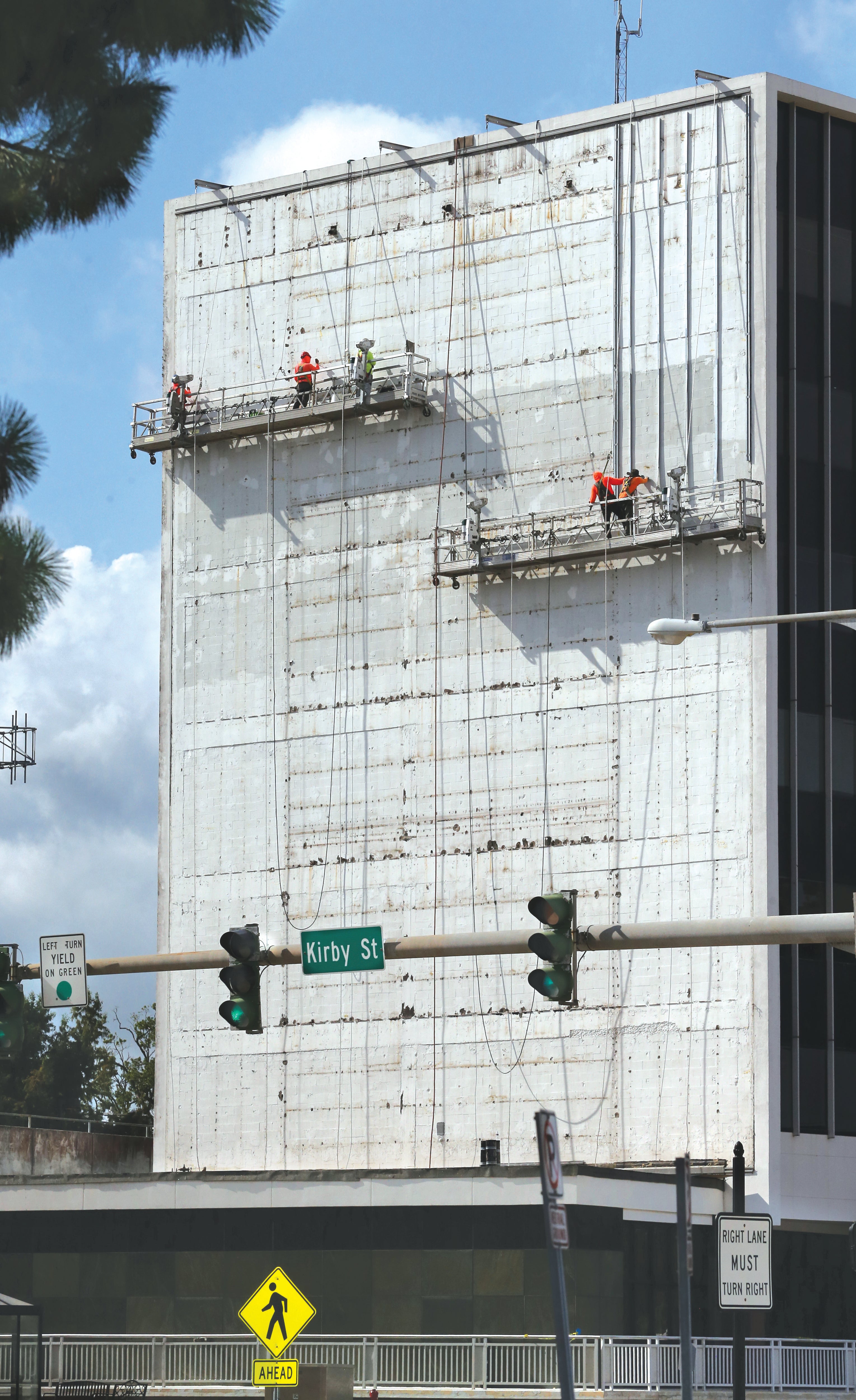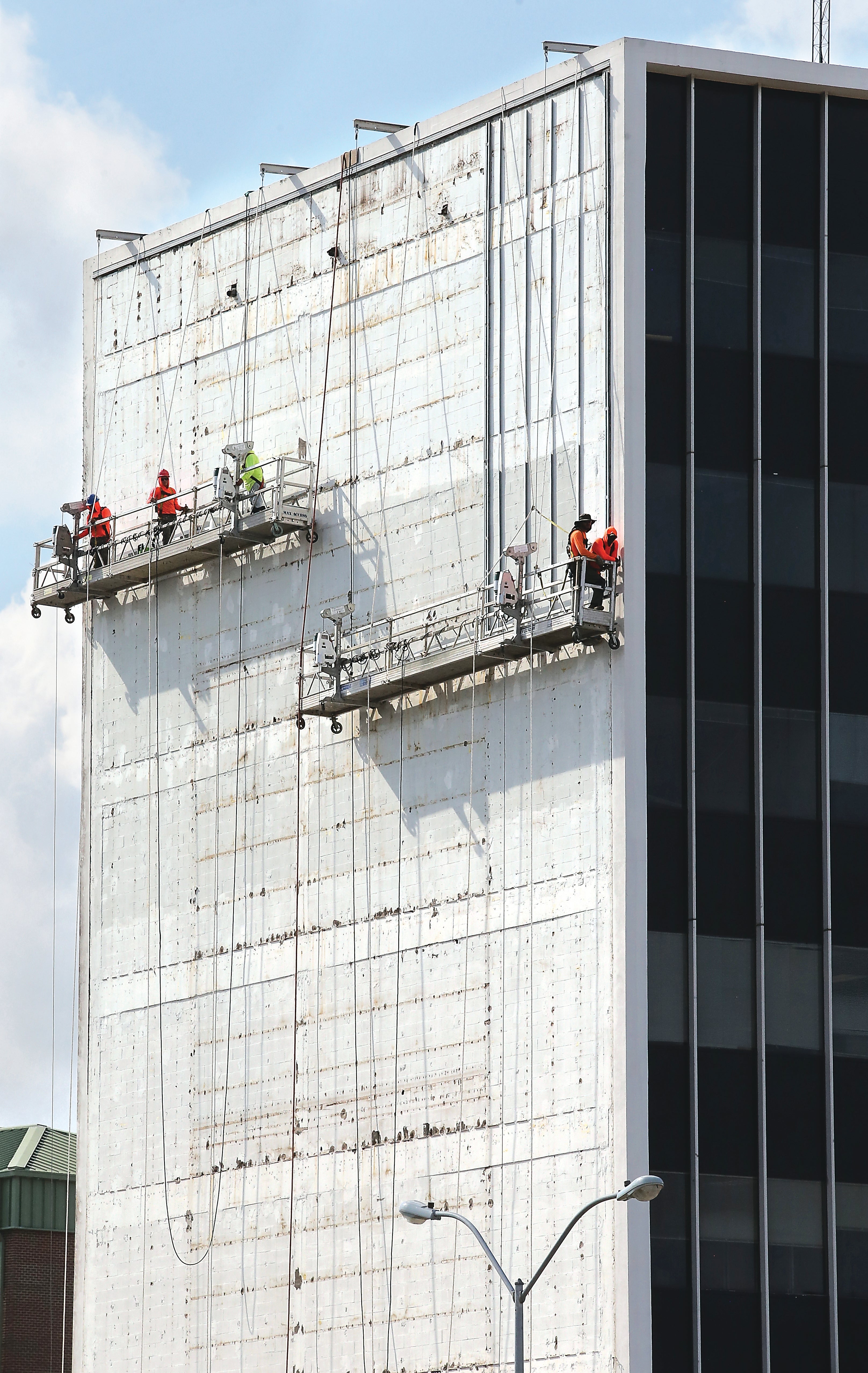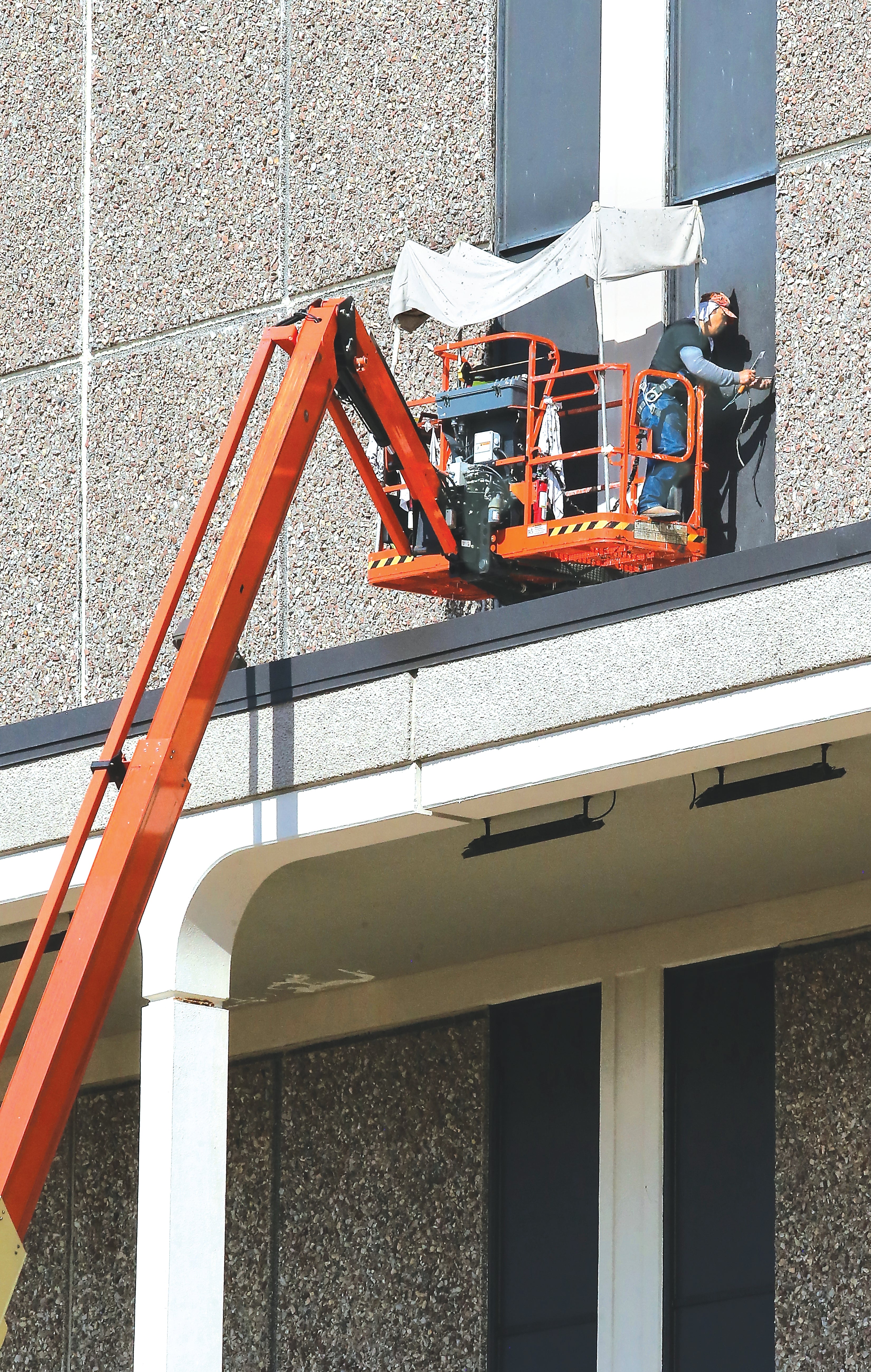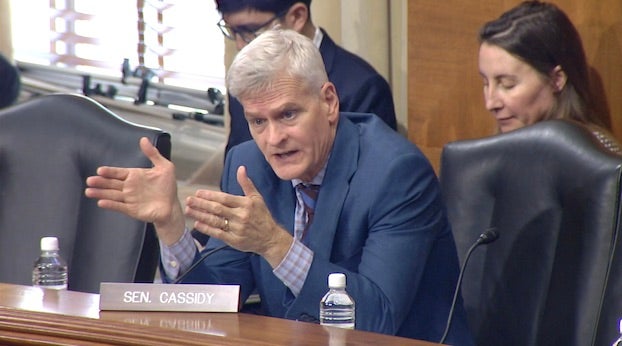Feeling Hot Hot Hot? Grueling temperatures put extra strain on outdoor workers
Published 9:05 am Friday, August 11, 2023



Heat sends men and women to the emergency rooms across Southwest Louisiana every year. This year has been extremely grueling, increasing hospital visits and making it clear that even the typically hale and hardy accustomed to working outside in a range of weather conditions should exercise caution.
Kipp Walling, Pat Williams Construction agrees, and he’s been watching the workers at his project site very closely. He has had a heat stroke, and said it’s painful.
“I’ve been handing out pedia-pops and we’re talking more breaks,” he said. This is not something to play around with.”
Trending
Men account for 81
percent of emergency department visits in the state and 87 percent of
hospitalization in the state. Age is also a factor, with 40 percent of emergency hospital visits coming from those who are between 20 and 39, the Louisiana Luminator reported.
West Calcasieu Cameron Hospital in Sulphur treated eight heat-related cases from April to June. In July, the number was 12.
“August is on pace to meet or exceed July numbers,” said Malloree Lavergne, a spokesperson for the hospital. “Most of the cases have been working age individuals, 20- to 40-year olds,” she said.
West Calcasieu Cameron Hospital provided the following tips to help Southwest Louisiana residents protect themselves from heat stress. Heat stress, from exertion or hot environments, places workers at risk for illnesses such as heat stroke, heat exhaustion or heat cramps.
To protect yourself, avoid heavy exertion, extreme heat, sun exposure and high humidity when possible. When these cannot be avoided, monitor your physical condition and the condition of those with whom you work.
Heat stroke is a condition that occurs when the body becomes unable to control its temperature, and can cause death or permanent disability. Symptoms are high body temperature, confusion, loss of coordination, hot, dry skin or profuse sweating, throbbing headache, seizures and coma.
Trending
First aid includes requesting immediate medical assistance. The worker should be moved to a cool, shaded area. Excess clothing should be removed and cool water applied to the body.
Heat exhaustion is the body’s response to an excessive loss of water and salt, usually through sweating. Symptoms are a rapid heartbeat, heavy sweating, extreme weakness or fatigue, dizziness, nausea, vomiting, fast and shallow breathing and a slightly elevated body temp.
Resting in a cool area, drinking plenty of water or other cool beverages and taking a cool shower, bath or sponge bath is the best first aid for heat exhaustion.
Heat cramps, pain or spasms in the abdomen, arms or legs affect workers who sweat a lot during strenuous activity and depletes the body’s salt and moisture levels.
Avoid salt tablets. Do stop activity and sit in a cool place. Drink clear juice or a sports beverage or drink water with food.
Do not return to strenuous work for a few hours after the cramps subside.
Seek medical attention if you have heart problems, are on a low sodium diet or the cramps do not subside within one hour.








